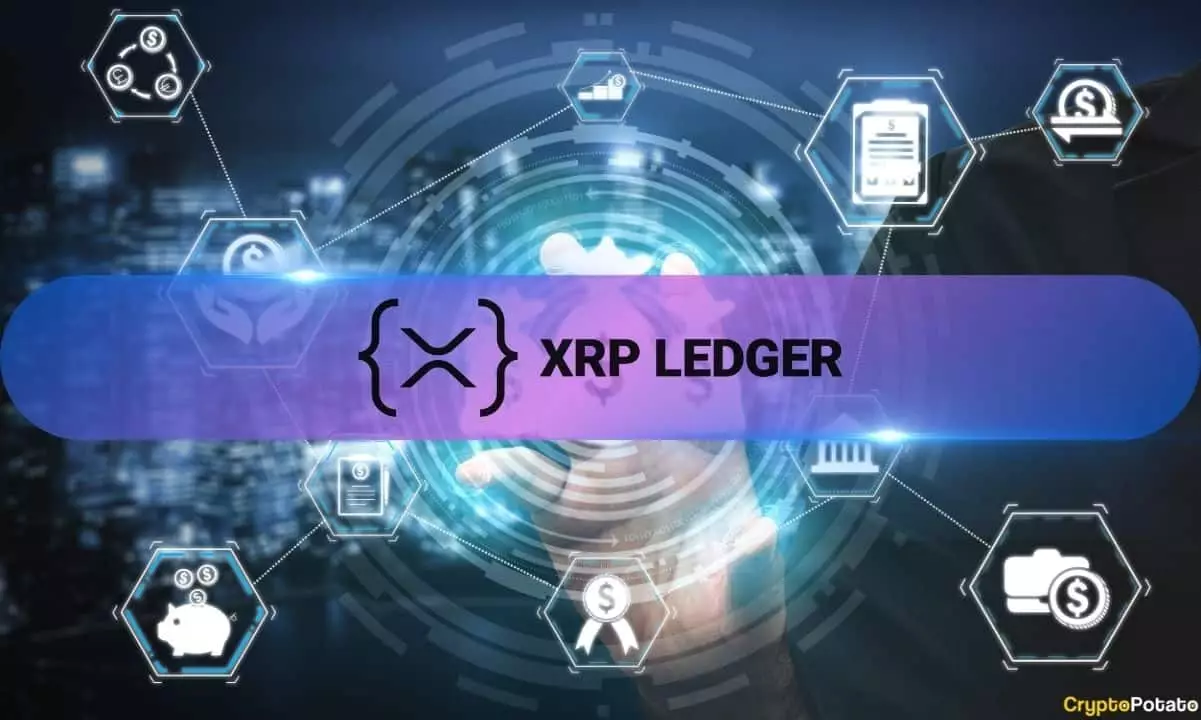On February 4, the XRP Ledger (XRPL) encountered an unusual challenge as it faced a one-hour outage, halting block production at ledger height 93927173. David Schwartz, Ripple’s chief technology officer, disclosed this news on February 5, noting that while the reason behind the failure is still under investigation, the network remarkably restored itself without substantial interference from validators. This incident highlights both the resilience of the XRPL and the need for ongoing scrutiny regarding its stability and operational integrity.
The nature of the problem appeared to stem from issues within the consensus mechanism. Schwartz indicated that although the consensus process was running, validations were not being published. This discrepancy led to a fragmented state in which the network’s nodes drifted apart, potentially threatening the reliability of the ledger. However, it was noted that most of the Unique Node List (UNL) operators did not implement significant changes during the outage. The fact that the network returned to a functional state without needing major interventions raises questions about the robustness of its self-recovery features.
The UNL is a critical component of the XRPL’s architecture, acting as a directory of trusted validators that contributes to the overall integrity and security of the network. Schwartz explained that once some servers began receiving validations from a few sources, they were able to establish consensus and realign the network to a coordinated ledger stream. This spontaneous recovery, while impressive, emphasizes the importance of maintaining an effective mechanism for ensuring even more rigorous validation processes to avoid future disruptions.
The ripple effects of the outage were also seen in the XRP market, with the token’s price dropping approximately 10% in response to the incident. As the price fell to $2.45, it marked a significant decrease from its recent peak of $3.38 just weeks earlier, reflecting the sensitive nature of investor confidence in relation to the operational performance of the network. Despite this dip, XRP has shown remarkable resilience, having gained almost 400% year-on-year.
This outage occurs at a pivotal moment for Ripple, as it has recently implemented significant changes, including a reduction in the base reserve requirement from 10 XRP to 1 XRP, and modifications to its validator structure to dilute its influence in the network. These changes were likely made to increase decentralization and enhance the reliability of the XRPL, which is critical in fostering trust among users and investors.
While the XRPL demonstrated notable self-recovery capabilities during the recent outage, the event sheds light on the complexities and potential vulnerabilities of blockchain technologies. As the landscape evolves with regulatory changes and technological advancements, Ripple must continue to innovate and ensure the robustness of its network to maintain its competitive edge in the cryptocurrency market.
















Leave a Reply